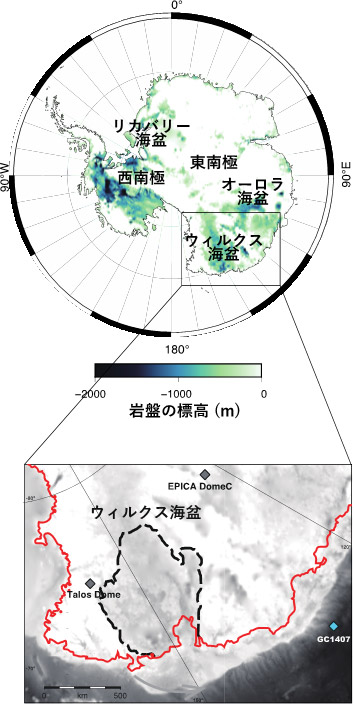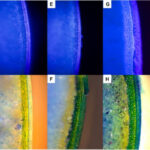2023-04-19 アルゴンヌ国立研究所(ANL)
研究者たちは、全体的なライフサイクルを考慮した製品の設計と、循環型アプローチを採用し、プラスチックの再生利用やリサイクルのための持続可能なフレームワークを開発した。
研究者たちは、物流分析とライフサイクル分析を組み合わせることで、PETボトルの例を用いた循環経済の持続可能性のフレームワークを評価し、機械的リサイクルと化学リサイクルの統合によって、現行の状況と比較して44%の固形廃棄物の削減ができると示した。しかし、循環経済を改善すると、温室効果ガスの排出量や水の消費量の削減など、環境に対する他の影響にトレードオフがある可能性があるという。
<関連情報>
- https://www.anl.gov/article/argonne-points-the-way-to-a-sustainable-circular-economy-for-plastics
- https://pubs.acs.org/doi/10.1021/acssuschemeng.2c04626#
プラスチックの循環型経済持続可能性分析フレームワーク: ポリエチレンテレフタレート(PET)のアプリケーション Circular Economy Sustainability Analysis Framework for Plastics: Application for Poly(ethylene Terephthalate) (PET)
Ulises R. Gracida-Alvarez, Hui Xu, Pahola Thathiana Benavides, Michael Wang and Troy R. Hawkins
ACS Sustainable Chemistry & Engineering Published:January 6, 2023
DOI:https://doi.org/10.1021/acssuschemeng.2c04626

Abstract
The establishment of the circular economy (CE) for plastics aims to reduce material losses and dependence on virgin materials; however, this practice does not necessarily imply reduction of life-cycle impacts. In this study, a CE sustainability analysis framework combining life-cycle assessment (LCA) and material flow analysis (MFA) was developed to simultaneously evaluate the life-cycle impacts and circularity metrics of implementing different CE strategies of production of plastic packaging, using poly(ethylene terephthalate) (PET) bottles as an example. The strategies included increasing the recycling rate of PET bottles and integrating two chemical recycling technologies in industrial development: enzymatic hydrolysis and methanolysis. The energy use of enzymatic hydrolysis and methanolysis was estimated to be 57 and 38 MJ/kg PET, respectively, while the two technologies accounted for greenhouse gas (GHG) emissions of 3.0 and 2.0 kg CO2 e/kg PET, respectively. The analysis at the system level demonstrated that compared to the current practice, relying on 97% virgin PET resin, the joint implementation of these strategies generated similar GHG emissions (3.2 kg CO2 e/kg bottle) but reduced virgin material use and solid waste generation by 56 and 64%, respectively. Based on present technology development, increasing the share of mechanically recycled resin in bottle manufacturing and using a decarbonized electricity grid resulted in 14 and 9% lower GHG emissions, respectively, than the current supply chain.



